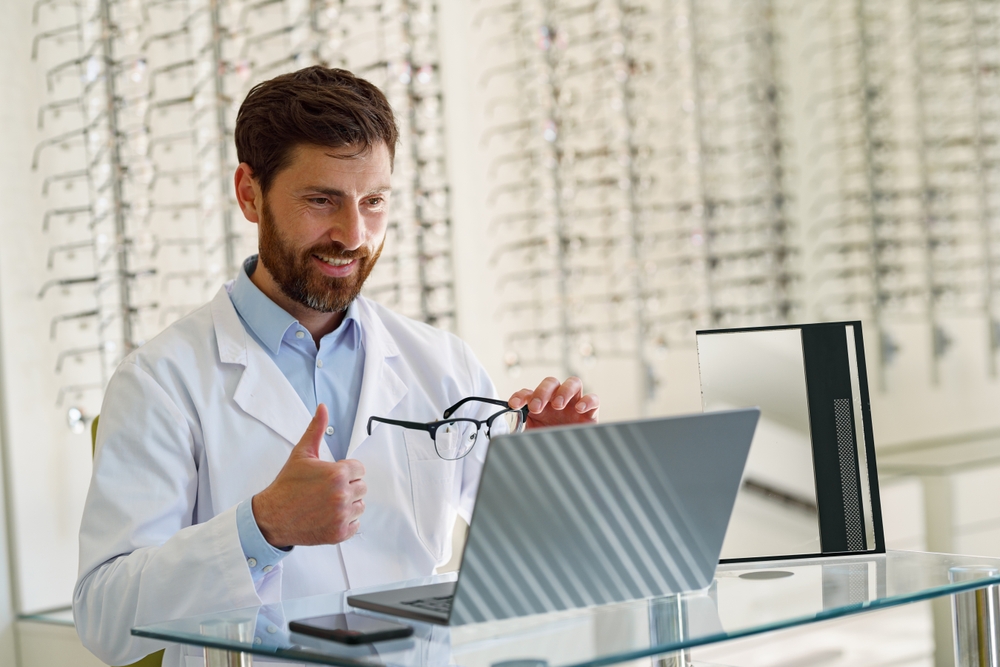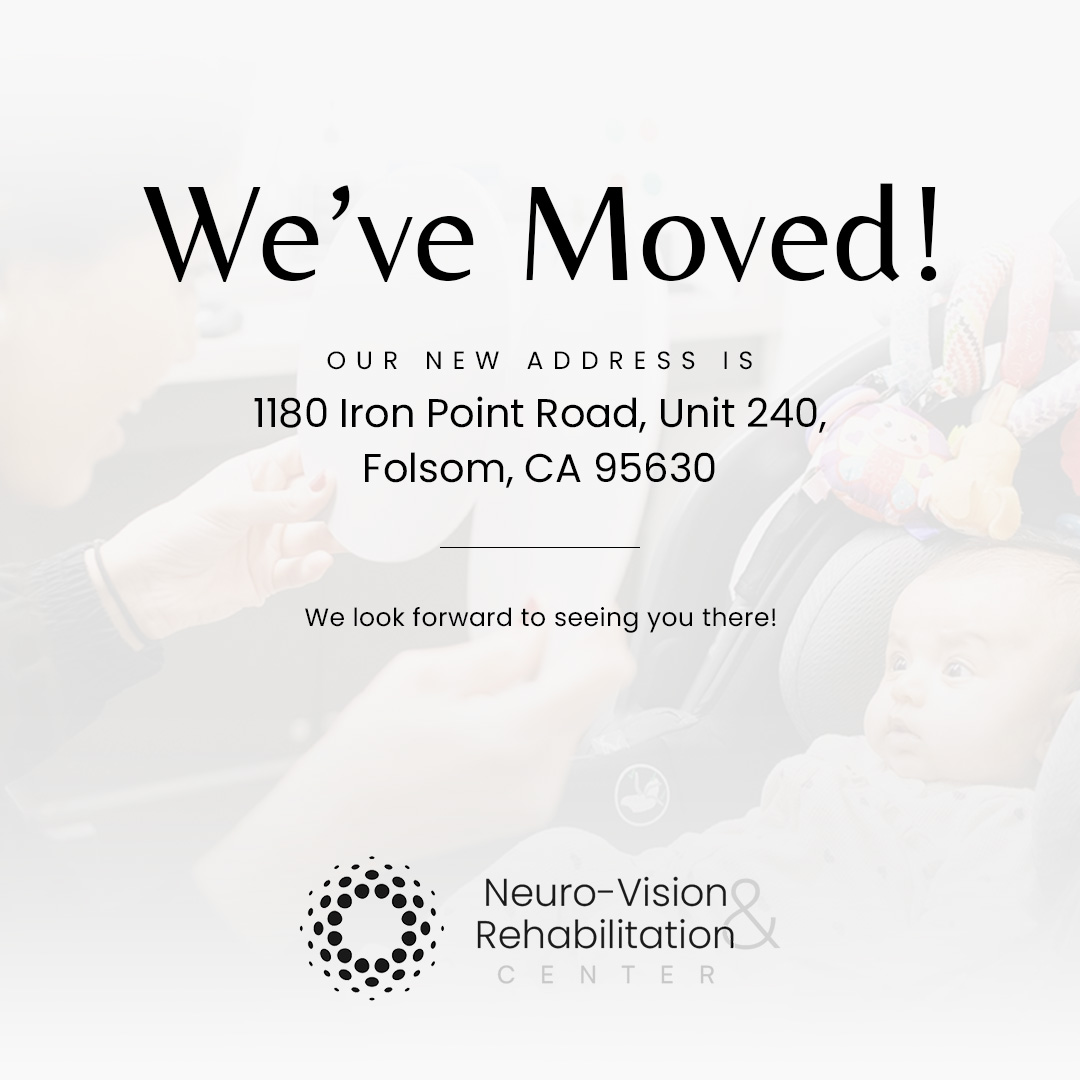
Have you ever wished you could skip the trip to the eye doctor but still get the treatment? Modern technology is making that possible. Tele-eye care allows you to connect with a specialist from the comfort of your living room. It offers wonderful convenience and can save you time. But it does have its limits. Understanding these boundaries helps you get the best care.
Our world has changed so much. We now work, chat, and even see doctors virtually. Eye care has happily joined this digital shift. Imagine skipping traffic and waiting rooms for a checkup. For many of us, that sounds like a dream. However, some serious eye issues still need an in-person visit. Knowing the difference is incredibly important for your health.
What You Can Do Virtually
You might be surprised by what tele-eye care can handle. It is perfect for many routine needs. Here are a few common uses:
Simple Vision Tests: You can check your visual acuity from home. Online tests help gauge the sharpness of your sight. They can also spot common issues like nearsightedness. You just read letters on your screen. This gives your doctor helpful initial information.
Screen for Certain Conditions: Some problems can be caught early remotely. For example, diabetic retinopathy is often screened this way. Patients can take photos of their retina using a special camera. They then send these images to their doctor for review. This allows for very timely treatment and referrals.
Follow-Up Appointments: Virtual visits are great for checking in after a procedure. You can discuss your recovery and any new symptoms. This is ideal for managing long-term, chronic conditions. It ensures you receive continuous care without the need for constant travel.
What You Can't Do Virtually
Some things simply require a doctor’s hands and special tools. Your health is too important to risk with a virtual substitute. Here’s what you can’t do virtually:
Comprehensive Eye Exams: A full exam requires specialized in-person equipment. Doctors must measure the pressure inside your eye. They also need to closely inspect the back of your eye. These tests are vital for detecting glaucoma and other eye diseases. A video call cannot replicate this crucial hands-on assessment.
Diagnosing Complex Issues: Monitoring a known condition is one thing. However, diagnosing a new, complex problem is another matter. Conditions such as glaucoma or macular degeneration need a detailed physical exam. A virtual consultation is not enough for a definitive diagnosis. You will still need to visit the office for a complete picture.
Handling Emergencies: Please never use telemedicine for emergencies such as sudden vision loss, serious injury, or a painful infection. These situations demand immediate, in-person medical attention. Always go directly to an emergency room or urgent care clinic.
How to Go About It
To start, you will need a good internet connection. A device with a camera is also essential for video calls. Your privacy is always a top priority. Reputable providers use secure, encrypted platforms to protect your data. They also follow all medical rules and regulations.
In short, tele-eye care is a fantastic modern tool. It makes routine care more accessible and convenient for everyone. But it will never replace the critical need for in-person visits. The key is to use both methods wisely for your health. Always talk with your eye doctor to choose the best option for you. They will help you navigate your care safely and effectively.
For more on Tele-eye care, visit Neuro-Vision & Rehabilitation Center. Our office is in Folsom, California. To book an appointment, call (279) 321-9059 today.
https://pmc.ncbi.nlm.nih.gov/articles/PMC9805855/
https://med.stanford.edu/ophthalmology/patient_care/tele-eyecare.html











